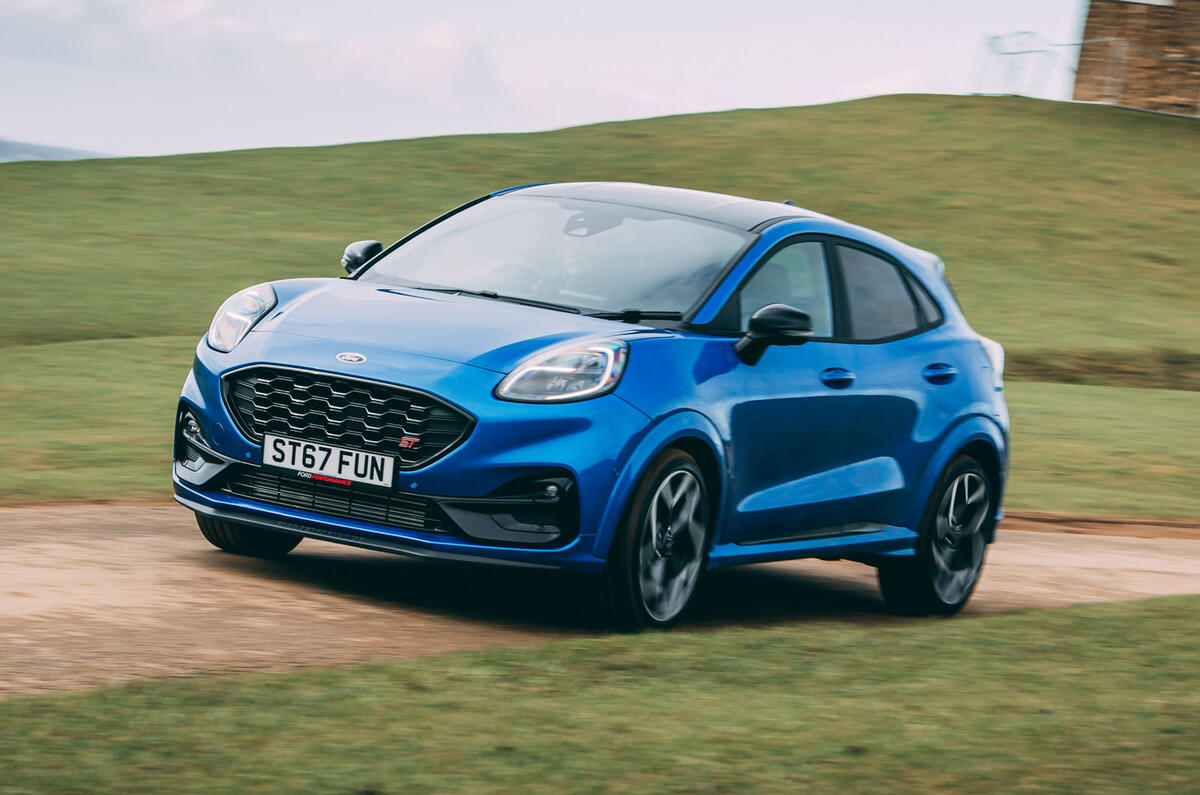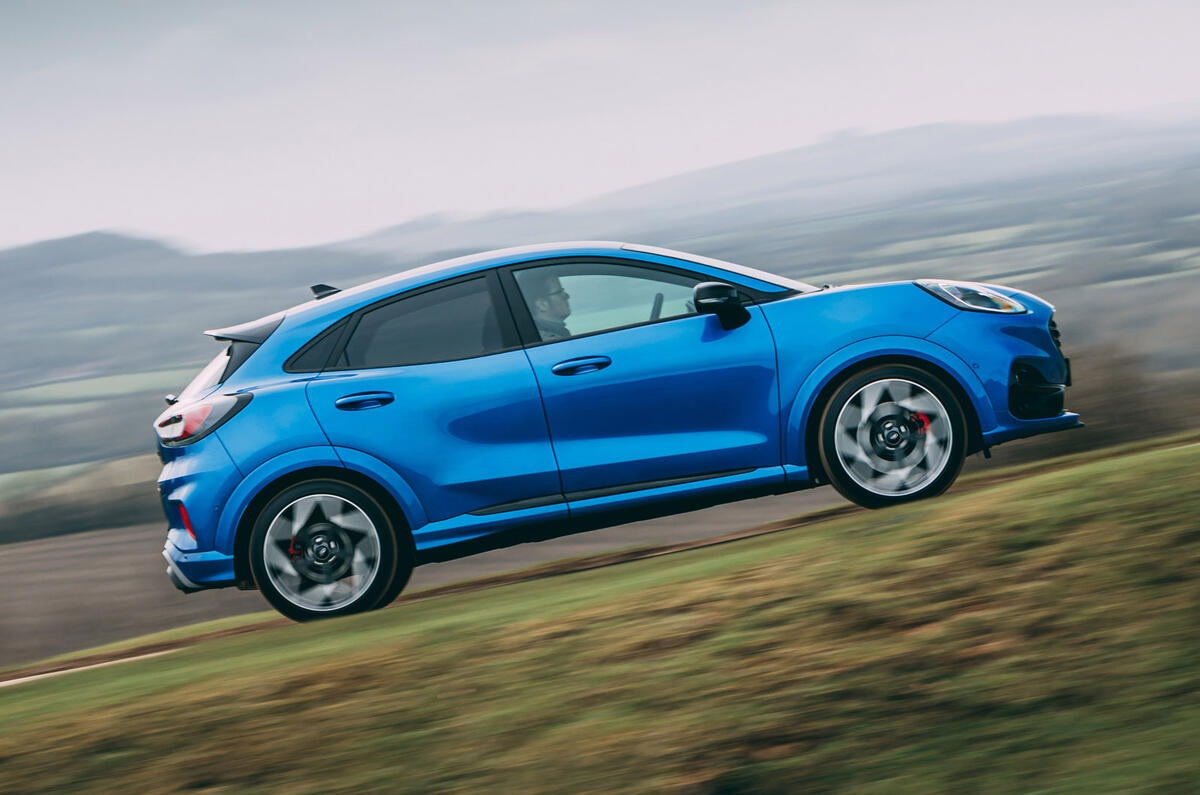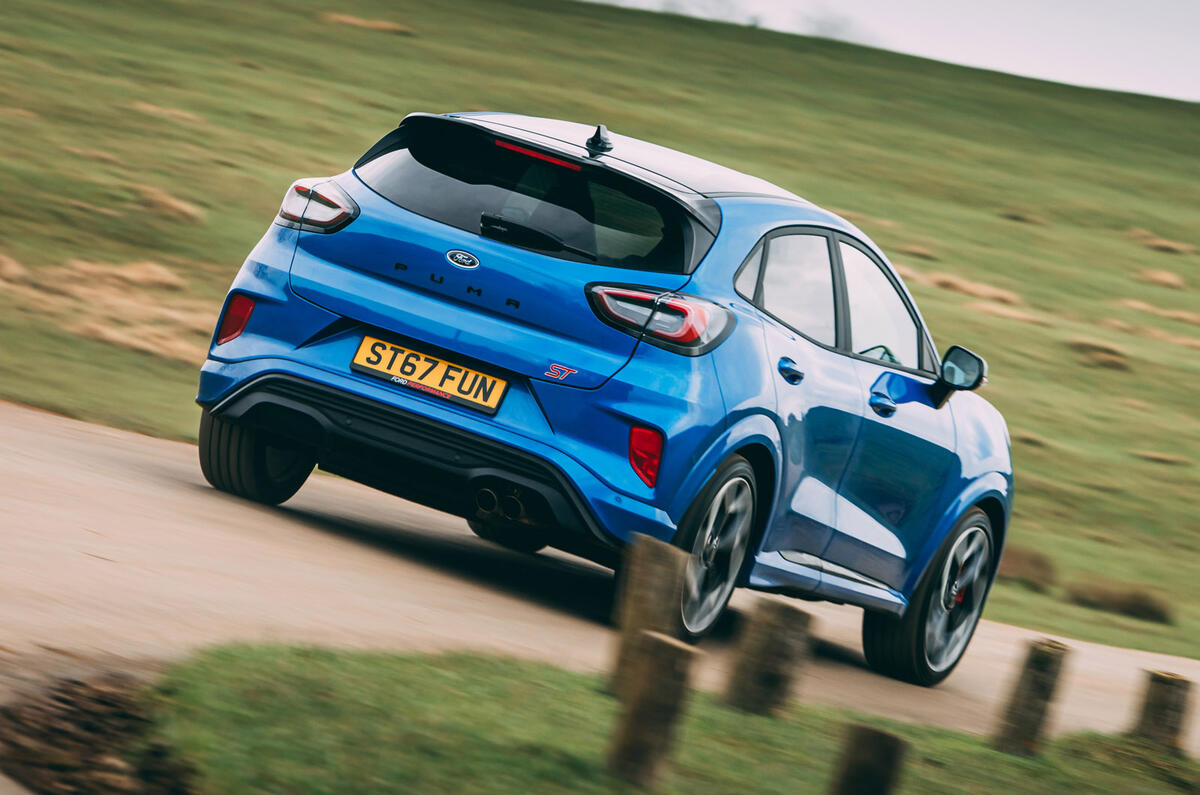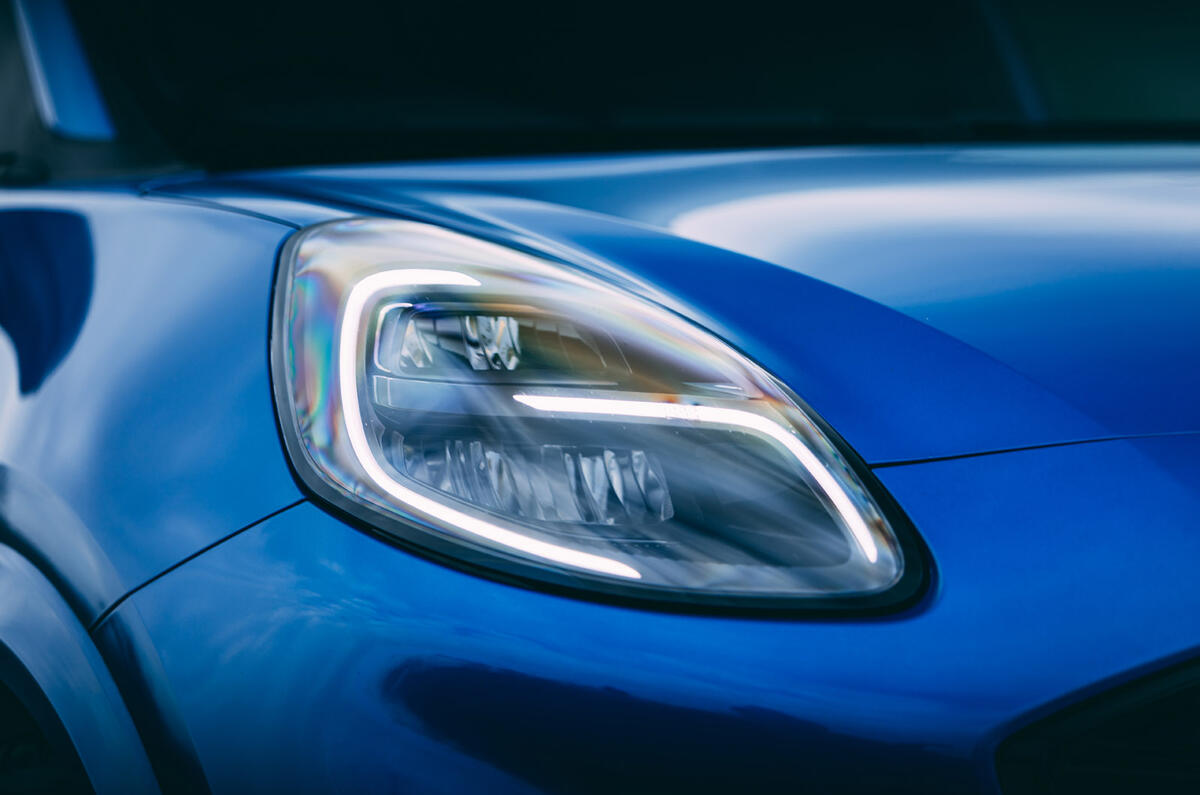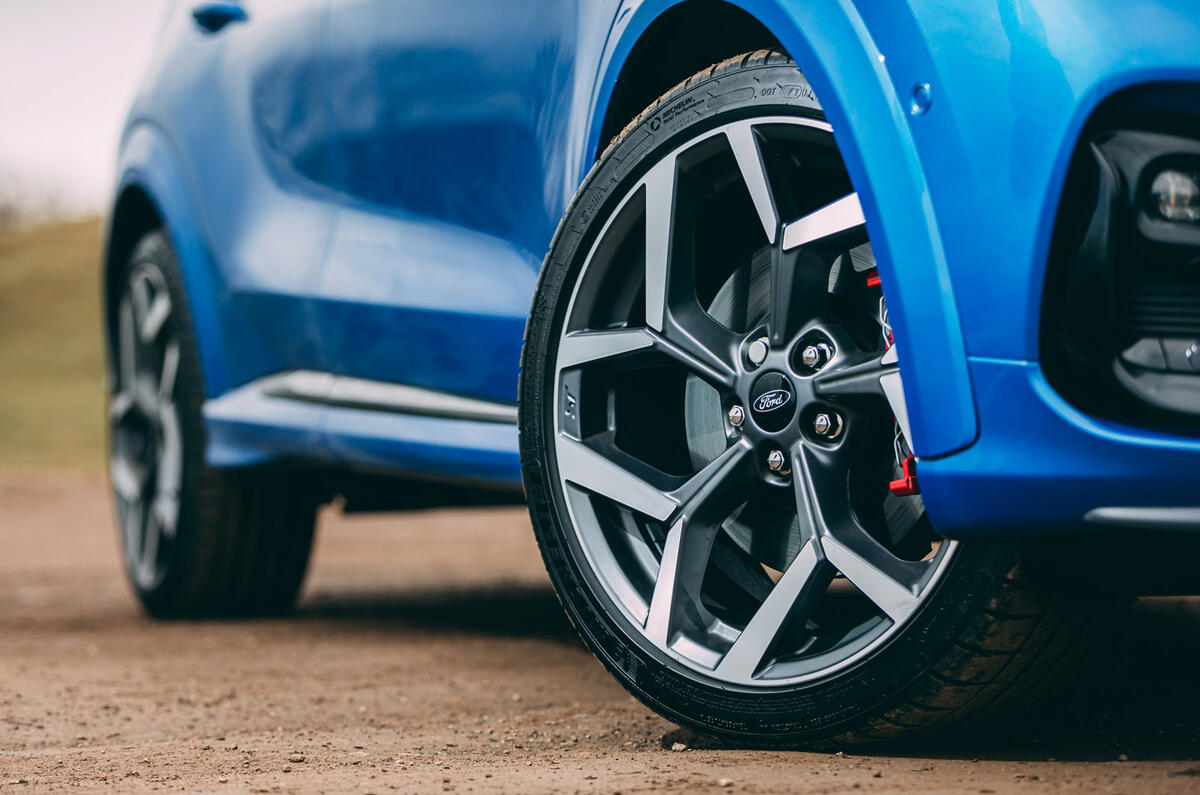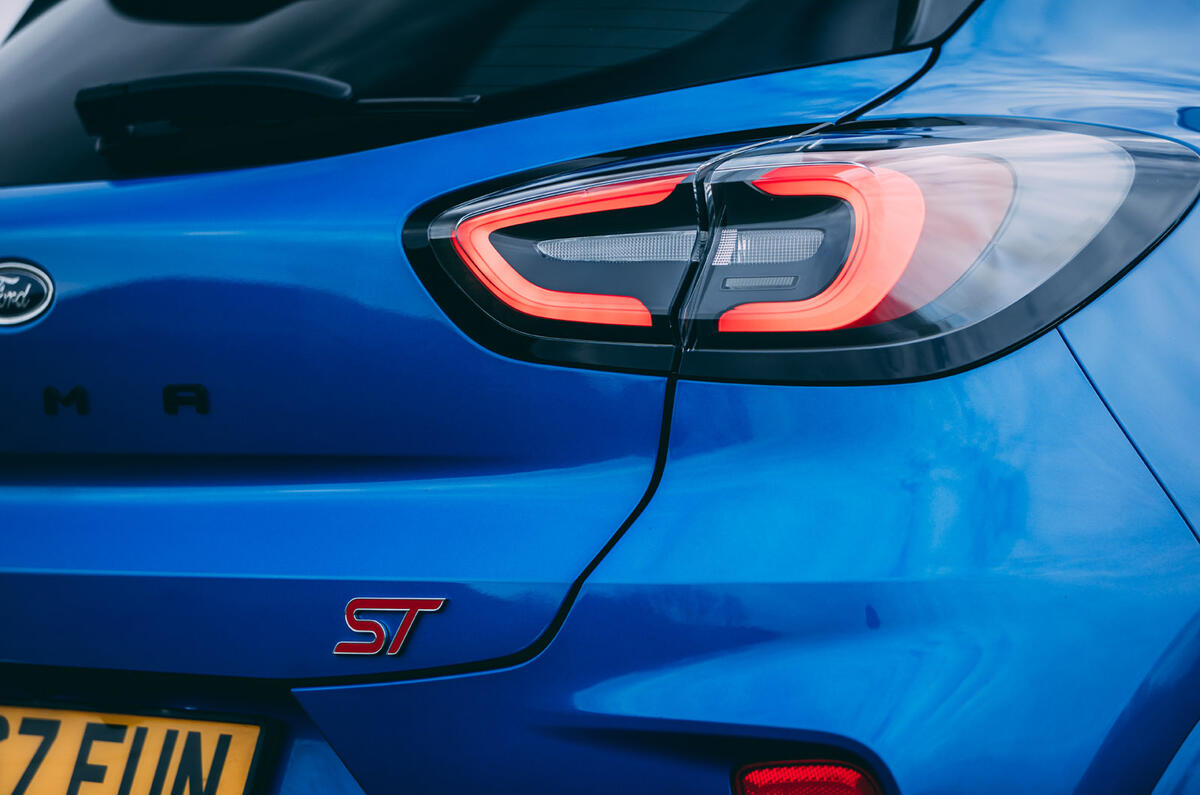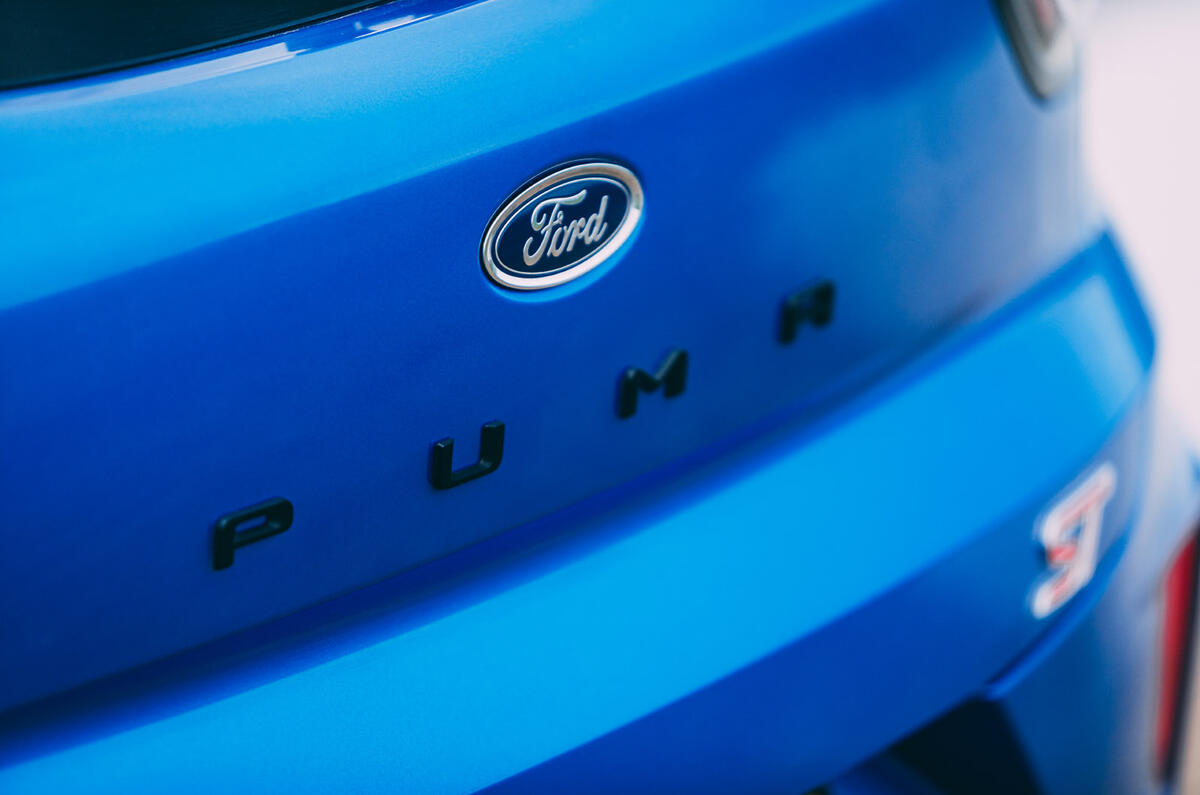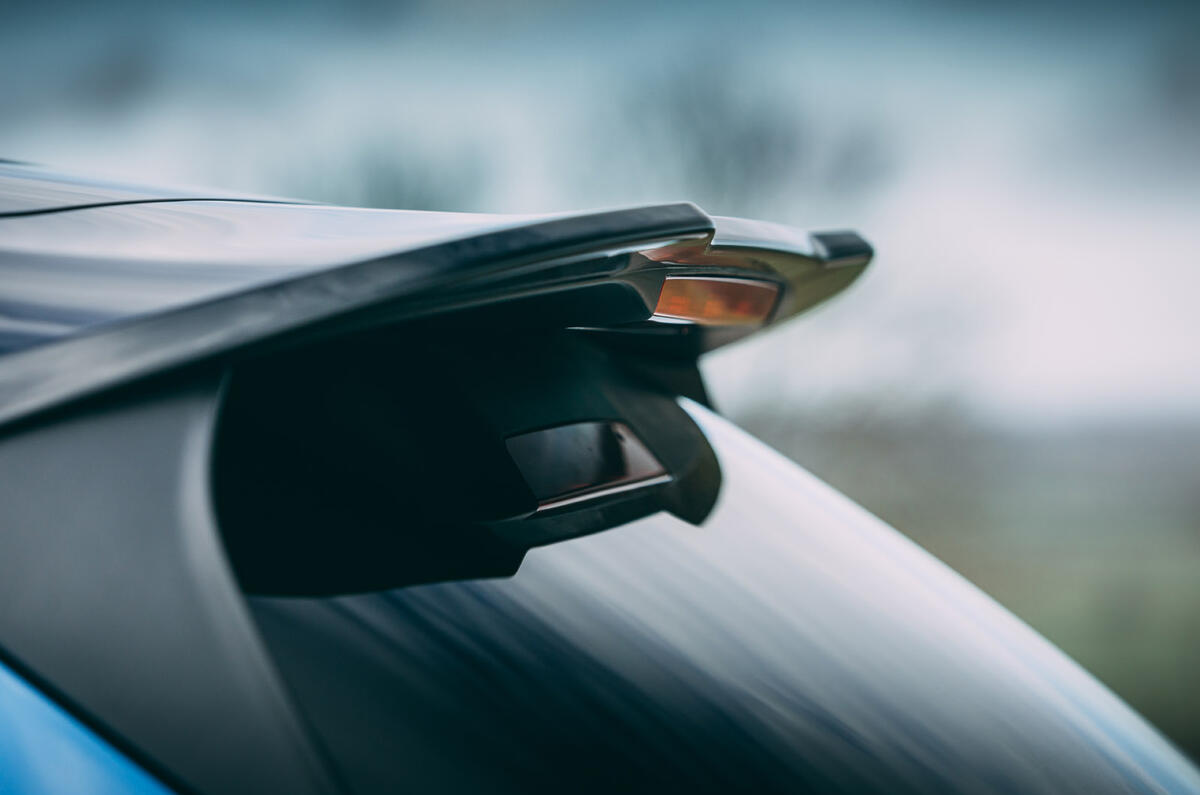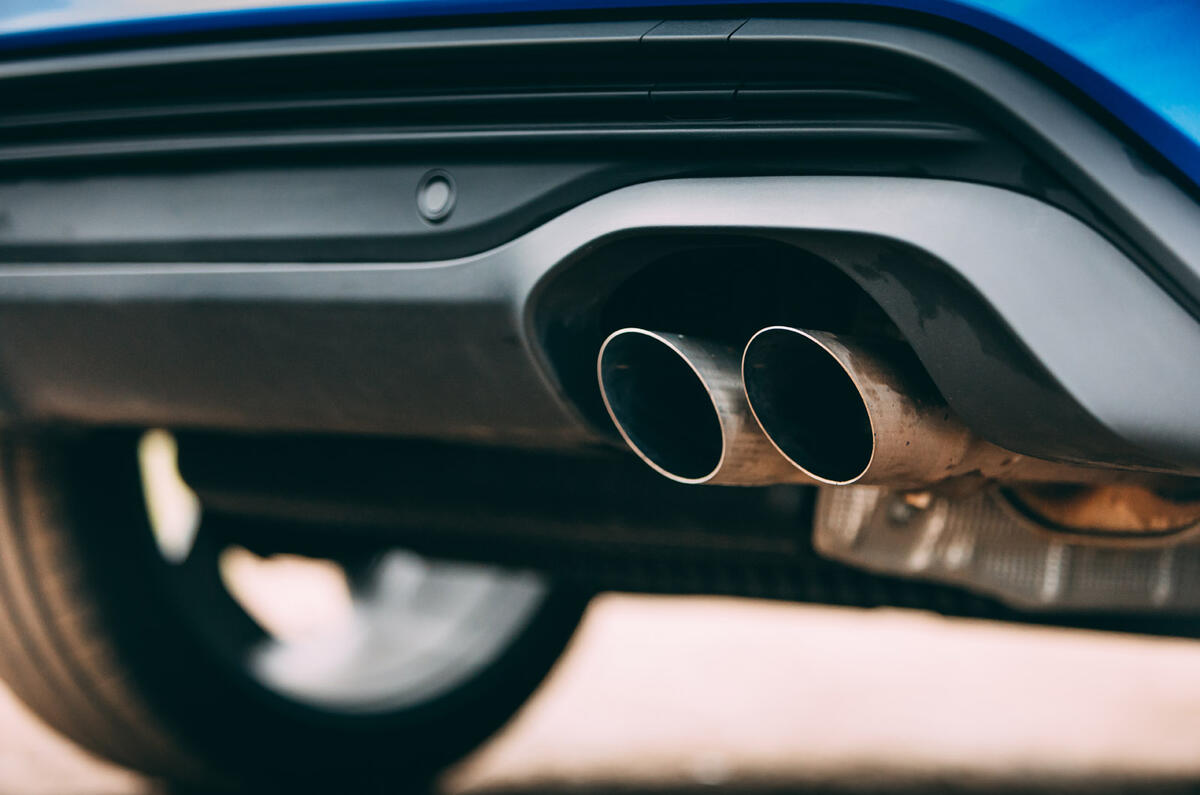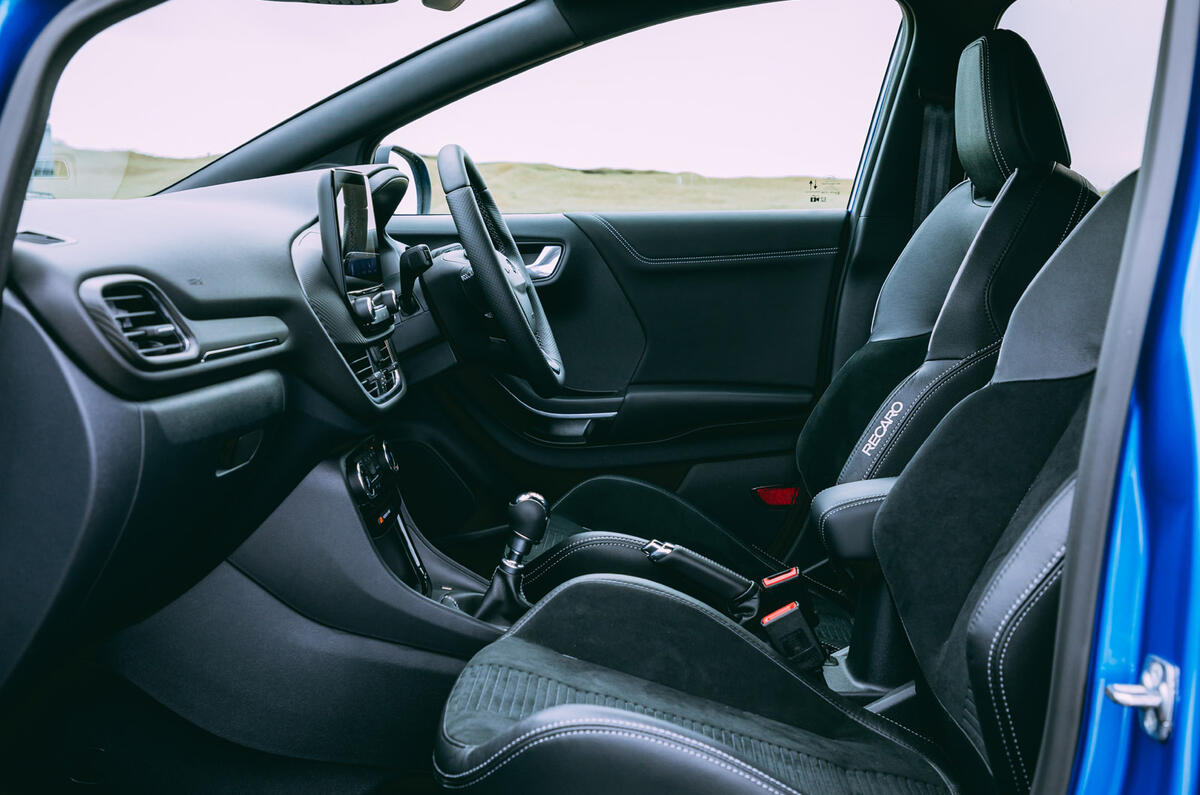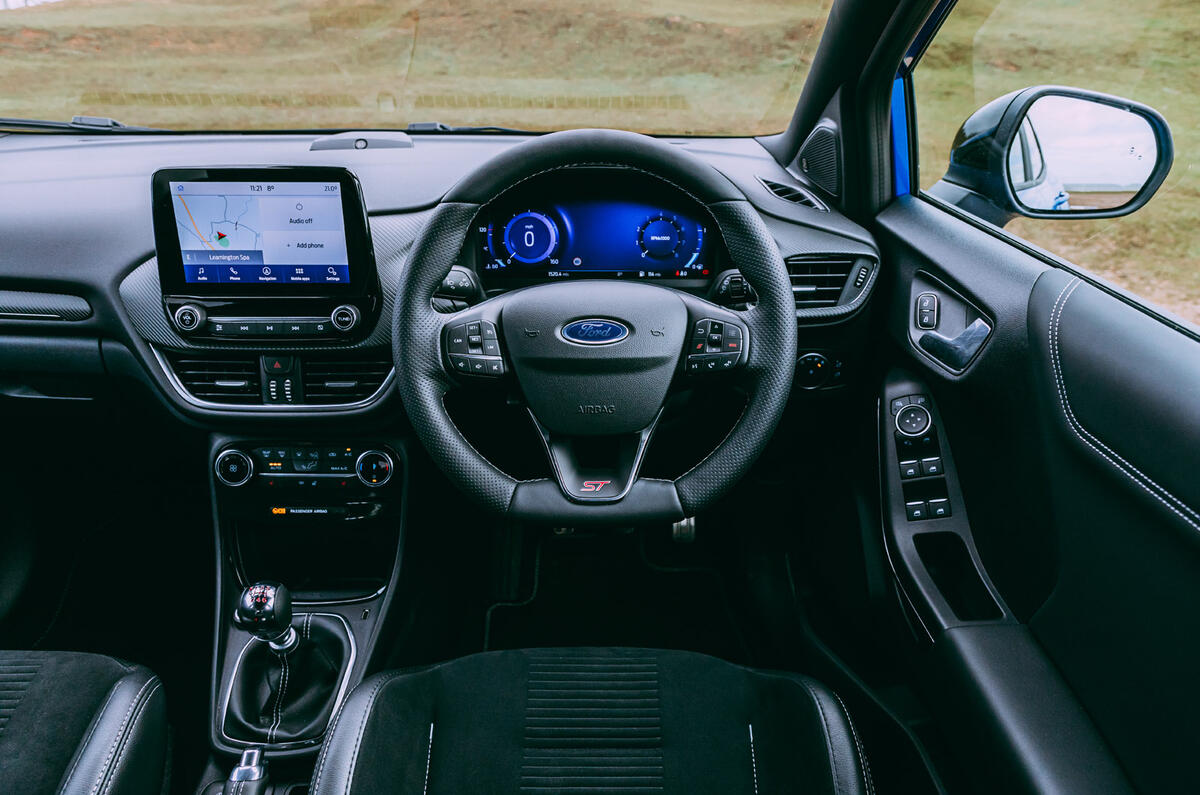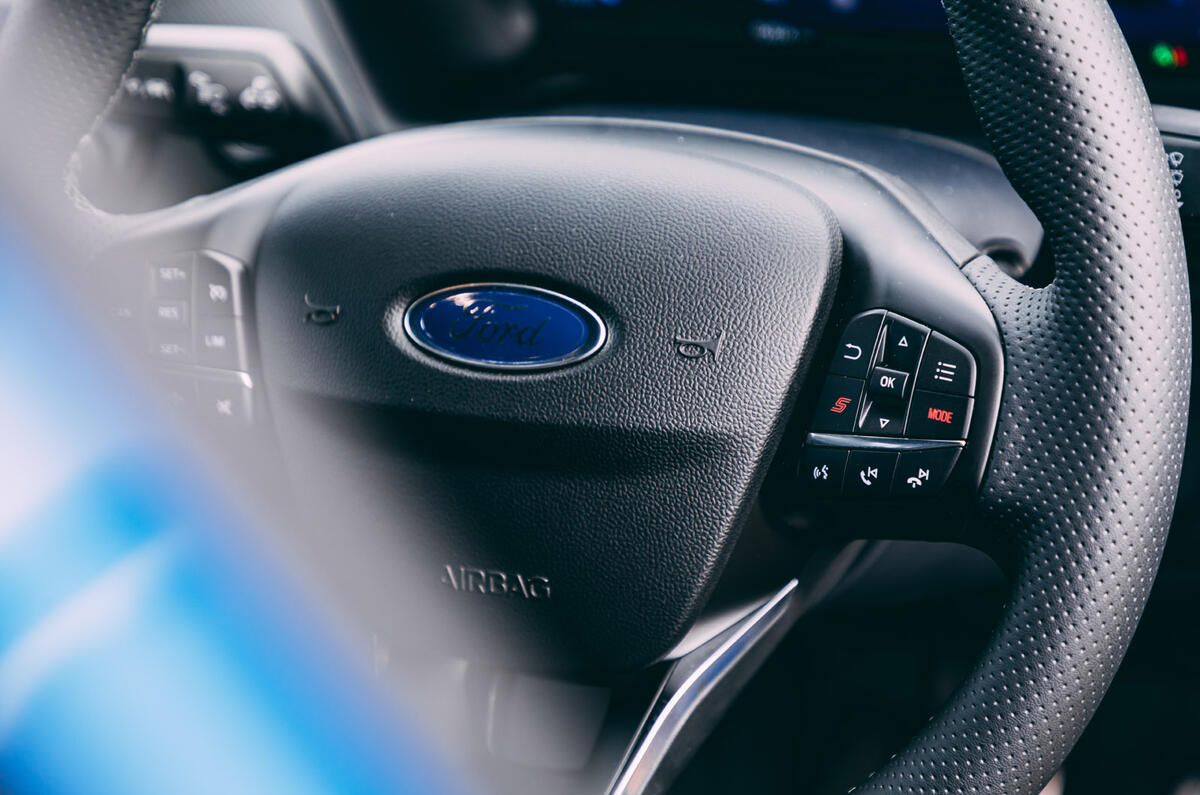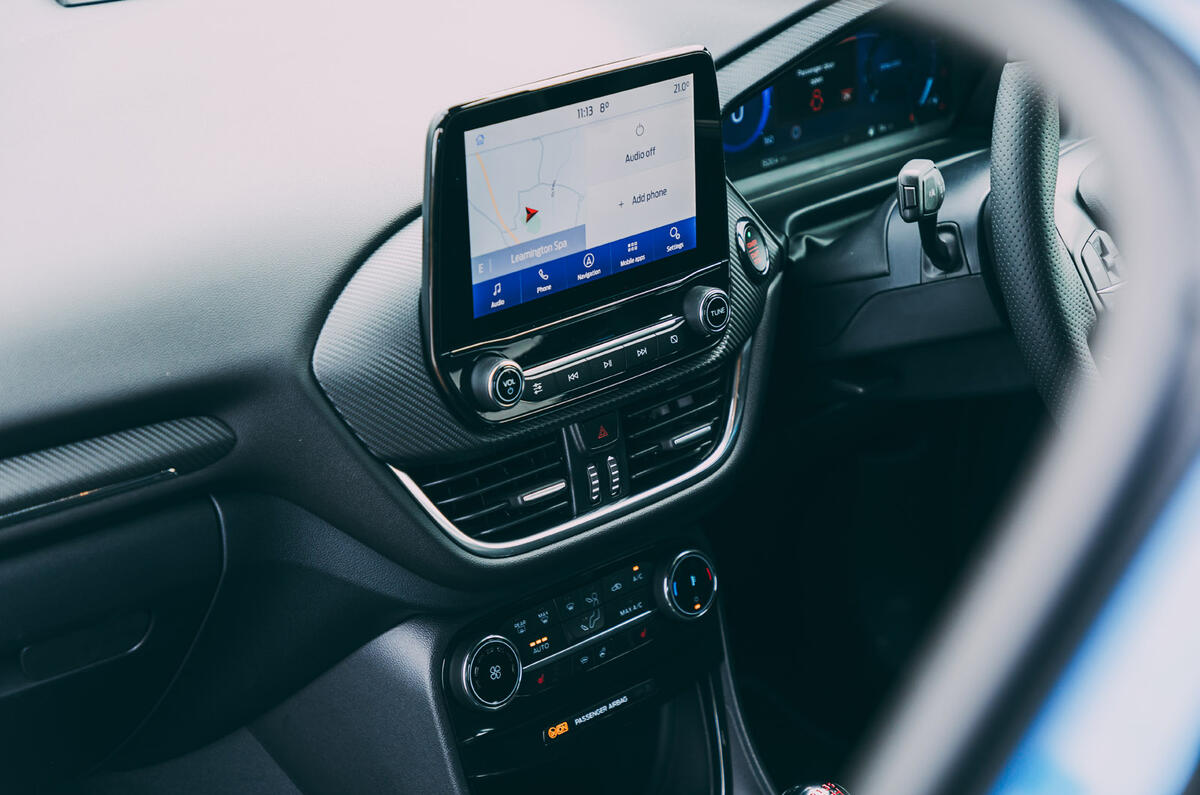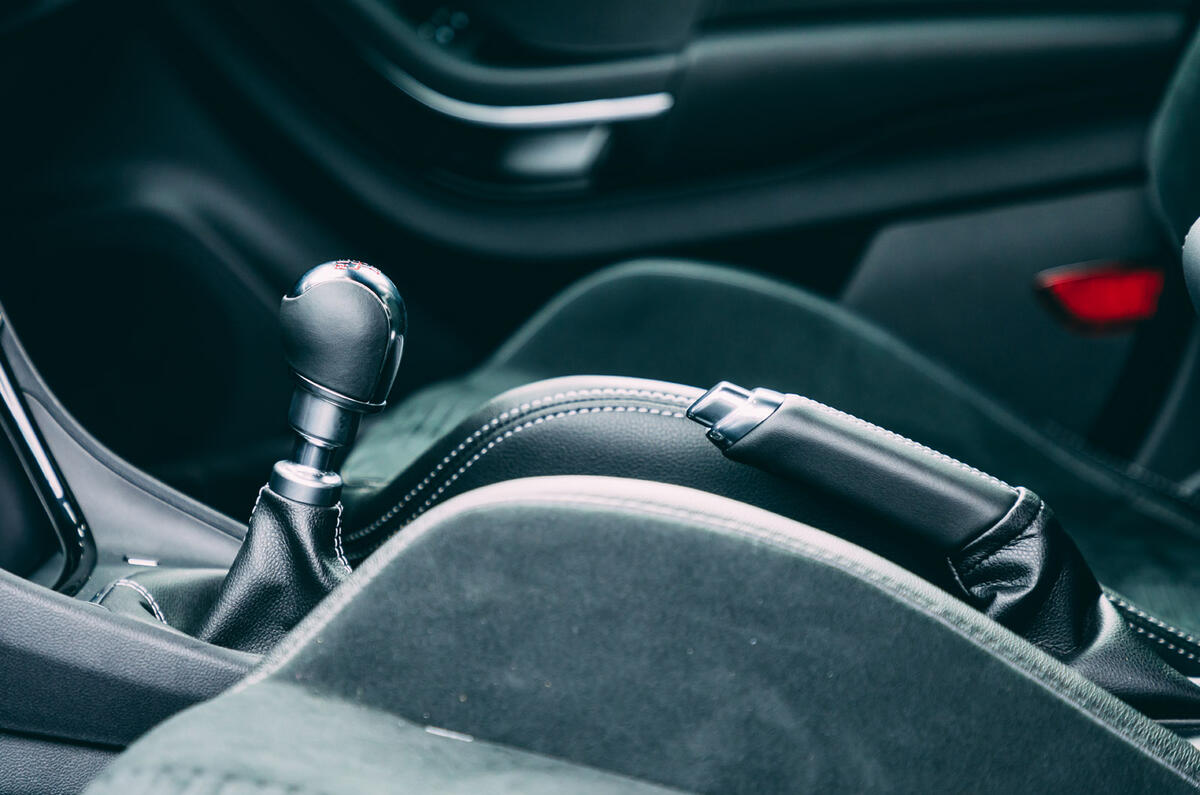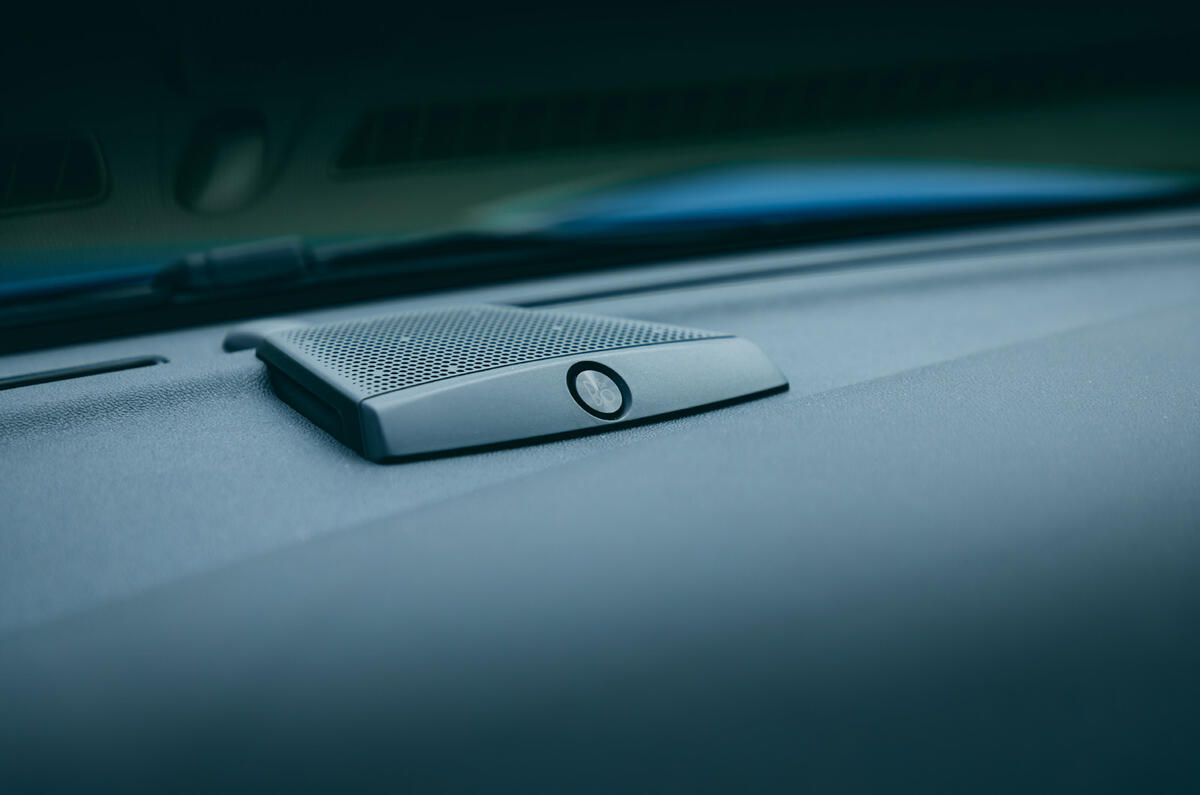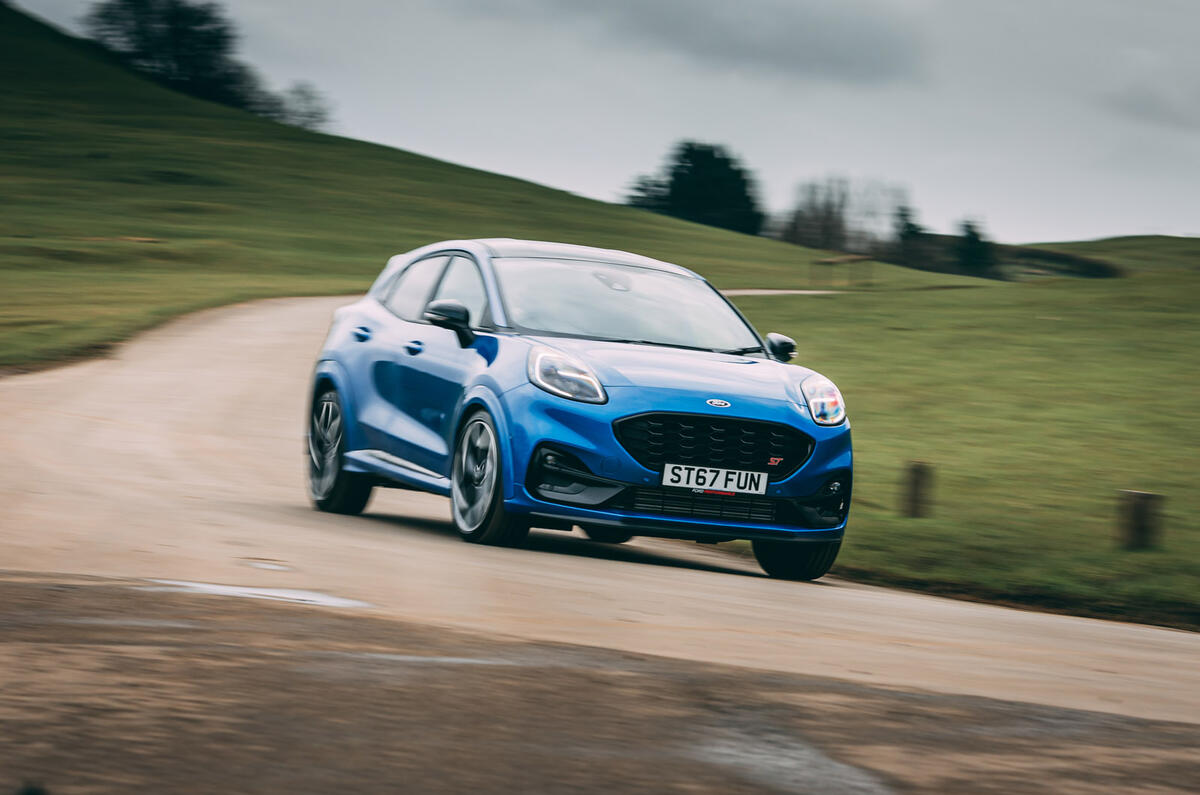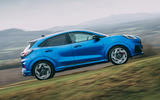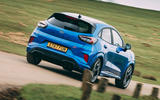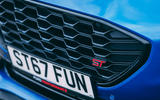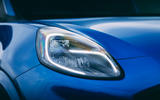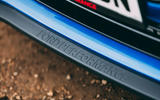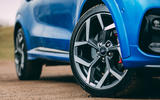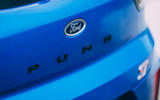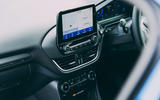With both a jacked-up crossover profile and lowered performance tuning in the mix, you may not be sure what kind of driving position will meet your backside when you get in the Ford Puma ST.
Most drivers will, in fact, lower themselves a little into the car’s quite deeply bolstered but welcomingly soft Recaro seats; and then find themselves in a car that feels fairly compact, but has pretty useful quantities of both cabin and boot space. We critics can’t have it both ways, after all.
While we bemoan any new model that’s longer or wider than the one it replaces, many of us are also sceptical when car makers look to crossover bodystyles, and grow their models upwards rather than outwards, in search of extra interior space. Short of conjuring tricks, that doesn’t leave the industry many places to go in a world in which buyers are only getting bigger.
Being barely 50mm longer than Ford’s legendary Mk1 Focus and only 100mm wider and 100mm taller, the Puma feels like it has hit a sweet spot for overall size somewhere between today’s B- and C-segment class norms. It feels usefully narrow even on country lanes and, measuring less than two metres across the mirrors, is the kind of car that would fit into a single-berth garage pretty easily; but it also has the kind of boot space and carrying versatility you won’t find in many other compact cars and will seat all but the tallest adults in its back seats reasonably comfortably.
Ford’s Megabox boot layout – which is effectively an extra-deep loading space where you might expect to find a spare wheel – comes in equally handy both when carrying taller items (it makes for more than 1.1m of maximum loading height) and when simply wishing to prevent bags or bulky objects from rolling around. It has a drainage hole, too, should you want to keep muddy or wet equipment separate from other items and then clean up easily later.
Ford gives you digital instruments as standard that display a decidedly Jaguar-like animated Puma with every engine start, but their graphics are clear and crisp looking. Attempts at an inviting ambience, or a bit of a sense of occasion about the cabin, are otherwise absent.
This is Ford Fiesta dashboard architecture, inoffensive but pretty plain in look and feel. Evidently, even in its more special compact cars, Ford isn’t about to risk trying – and failing – to create much in the way of premium feel.
Puma ST infotainment and sat-nav
The Puma gets as standard Ford’s Sync3 touchscreen infotainment system, which is operated mainly through an 8.0in touchscreen, although it can work via voice control. It’s rendered pretty simply but is responsive enough, with sensibly sized shortcut buttons and physical knobs for volume and radio tuning making usability good.
Smartphone mirroring for both Apple and Android handsets is included, with a wireless device charging pad (via the Qi standard) for ST-Line X, Vignale and ST models. The snag here is that smartphone mirroring is possible only via a wired USB connection, so many drivers will want to plug their phone in anyway.
All trim levels get factory navigation. The system is simple to programme and adjust, is easy to follow and has clear mapping. A seven-speaker hi-fi set-up is standard on lower-grade cars, but ST models get Ford’s 10-speaker B&O premium system, the power and clarity of which is good without being stellar.


